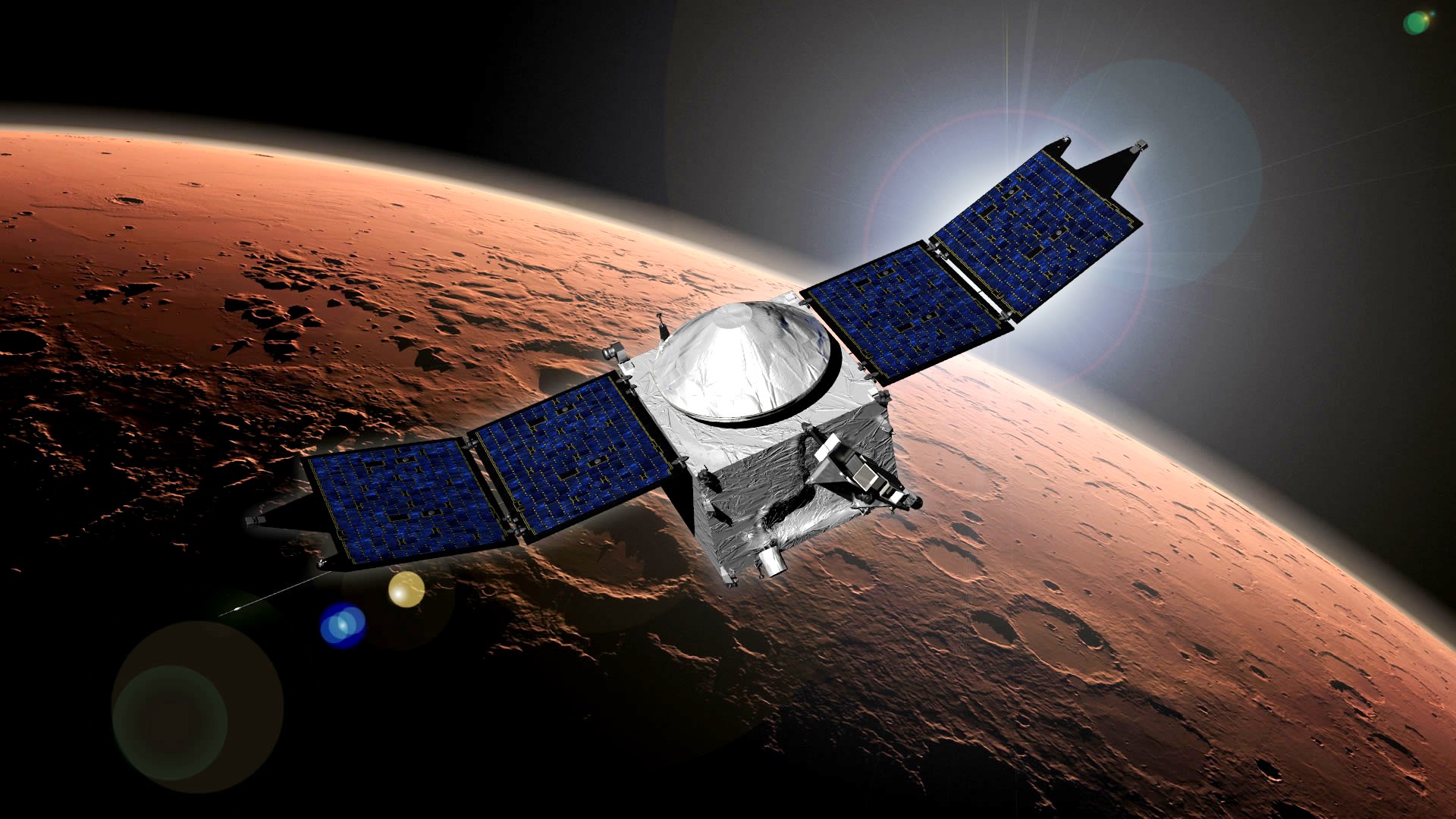Here's What Astronauts Will Look for Flying on SpaceX and Boeing Spaceships

NASA astronauts are helping the agency's commercial crew program get ready for spaceflight, by working on the design and development of private spaceships and spacesuits as well as training operations for them. The goal is to ensure safe flights for future astronaut crews.
In 2014, NASA selected Boeing and SpaceX to fly agency astronauts to and from the International Space Station (ISS); SpaceX received a contract worth up to $2.6 billion and Boeing a deal valued at up to $4.2 billion.
Boeing's CST-100 Starliner capsule and SpaceX's human-rated Dragon spacecraft are expected to complete their uncrewed test flights later this year. The first crewed flights may follow in 2019 or 2020. Now, a joint test team is working to share technical expertise, to come up with procedures to train crews and to assess the spacecraft's interfaces with astronauts. [Cosmic Quiz: Do You Know the International Space Station?]
"The simulators are a great tool to train and test the flight hardware before we fly," Mike Good, a former astronaut and current program manager assistant for crew operations and testing at NASA's Johnson Space Center in Houston, said in a statement. Good flew on two space shuttle missions, STS-125 and STS-132.
"We work with this team to make sure we get all the testing done with the providers," NASA astronaut Suni Williams added in the same statement. "One of the key parts of the commercial crew program is the joint test team. So whenever the providers want to do a test requiring human interaction with their systems, the team gets together to understand the test parameters and go through the safety review process so no one gets hurt during the testing."
Recent team activities with Boeing include assessing human factors, workloads, usability and manual piloting. And with SpaceX, the team has worked on spacesuit fit, displays, development, designing and training materials.
"Really the whole mission, from pre-launch through docking and undocking, entry, landing and post-landing — all of those need to be verified in the simulator," Good said. "So we'll have our astronauts going through each flight phase making sure all the tasks they have to do meet our workload, usability and error-rate requirements. We’re also contributing by helping the provider complete their verification testing so that they can close requirements and we can go fly safely."
Breaking space news, the latest updates on rocket launches, skywatching events and more!
Boeing and SpaceX will need to prove to NASA that their systems meet all safety requirements. The companies will even get feedback from astronauts in space during uncrewed test flights, because crews on the ISS will work with the test spacecraft before and after the capsules dock with the orbiting complex.
NASA's previous crewed spaceflight program, the space shuttle, was retired in 2011 after 30 years of spaceflight operations. Since then, all American astronauts have departed for space on Russian Soyuz spacecraft launching from Baikonur Cosmodrome in Kazakhstan. NASA buys seats for individual astronauts through a contract; in 2018, purchased seats had an average price of $81.7 million each, according to SpaceNews.
Follow us @Spacedotcom, Facebook or Google+. Originally published on Space.com.

Elizabeth Howell (she/her), Ph.D., was a staff writer in the spaceflight channel between 2022 and 2024 specializing in Canadian space news. She was contributing writer for Space.com for 10 years from 2012 to 2024. Elizabeth's reporting includes multiple exclusives with the White House, leading world coverage about a lost-and-found space tomato on the International Space Station, witnessing five human spaceflight launches on two continents, flying parabolic, working inside a spacesuit, and participating in a simulated Mars mission. Her latest book, "Why Am I Taller?" (ECW Press, 2022) is co-written with astronaut Dave Williams.


